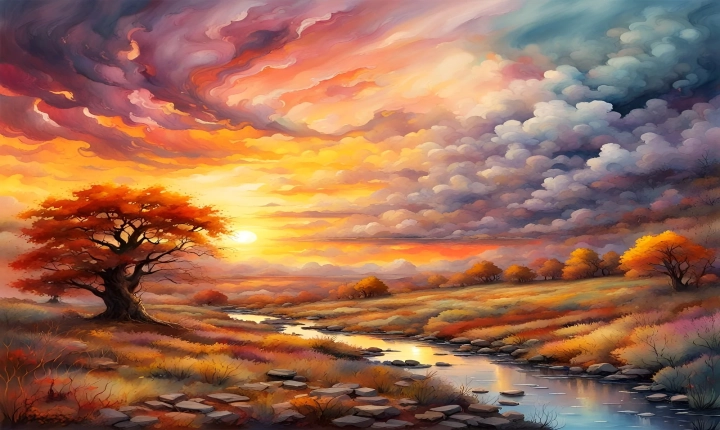How to Write an AI Image Prompt
Artificial intelligence has become an indispensable tool in the field of image generation and processing. With the advent of advanced deep learning algorithms and neural networks, AI has been able to generate realistic and compelling images based on textual prompts. This technology has numerous applications in various industries such as advertising, design, and entertainment. If you’re interested in harnessing the power of AI to create your own image prompts, here are some steps to get you started.
1. Understand the Basics of AI Image Generation:
Before you begin writing an AI image prompt, it’s important to have a basic understanding of how AI image generation works. AI models such as GANs (Generative Adversarial Networks) and VAEs (Variational Autoencoders) are commonly used for image generation. These models are trained on large datasets of images and are capable of learning and creating realistic images based on given inputs.
2. Define Your Desired Image Concept:
When writing an AI image prompt, it’s crucial to have a clear concept of the image you want to generate. Whether it’s a specific scene, object, or setting, having a well-defined concept will help guide the AI model in creating the desired output. Consider details such as colors, shapes, and textures to provide a comprehensive prompt for the AI.
3. Use Descriptive Language:
When writing the prompt, use descriptive language to convey the visual details of the image you want to generate. Provide as much detail as possible to help the AI model understand and interpret your vision. Think about the composition, lighting, and mood of the image and convey these elements clearly in your prompt.
4. Consider Context and Narrative:
If your image prompt is intended to convey a specific narrative or context, be sure to incorporate these elements into your prompt. Consider the emotional tone or storyline you want the image to convey and communicate these aspects in your prompt. By providing context, you can guide the AI model to create a more meaningful and relevant image.
5. Experiment with Different AI Models:
There are various AI models and platforms available for image generation, each with its own strengths and capabilities. Experiment with different models and platforms to see which one best suits your needs. Some popular options include OpenAI’s DALL-E, DeepArt, and RunwayML, each of which offers unique features for creating AI-generated images.
6. Refine and Iterate:
After receiving the initial output from the AI model based on your prompt, take the time to review and refine the results. You may need to make adjustments to your prompt or provide additional details to further refine the image generation process. Don’t be discouraged if the initial results are not exactly what you envisioned—iteration and refinement are key to achieving the desired output.
7. Ethical Considerations:
As with any use of AI technology, it’s important to consider ethical implications when generating images using AI. Be mindful of potential biases, sensitive content, and copyright issues when creating and using AI-generated images. Always ensure that your image prompts and resulting images adhere to ethical and legal standards.
In conclusion, writing an AI image prompt involves thoughtful consideration of the desired image concept, clear and descriptive language, and experimentation with AI models. By following these steps, you can harness the power of AI to create compelling and visually engaging images for a wide range of applications. As AI continues to advance, the possibilities for image generation and creativity are virtually limitless.
